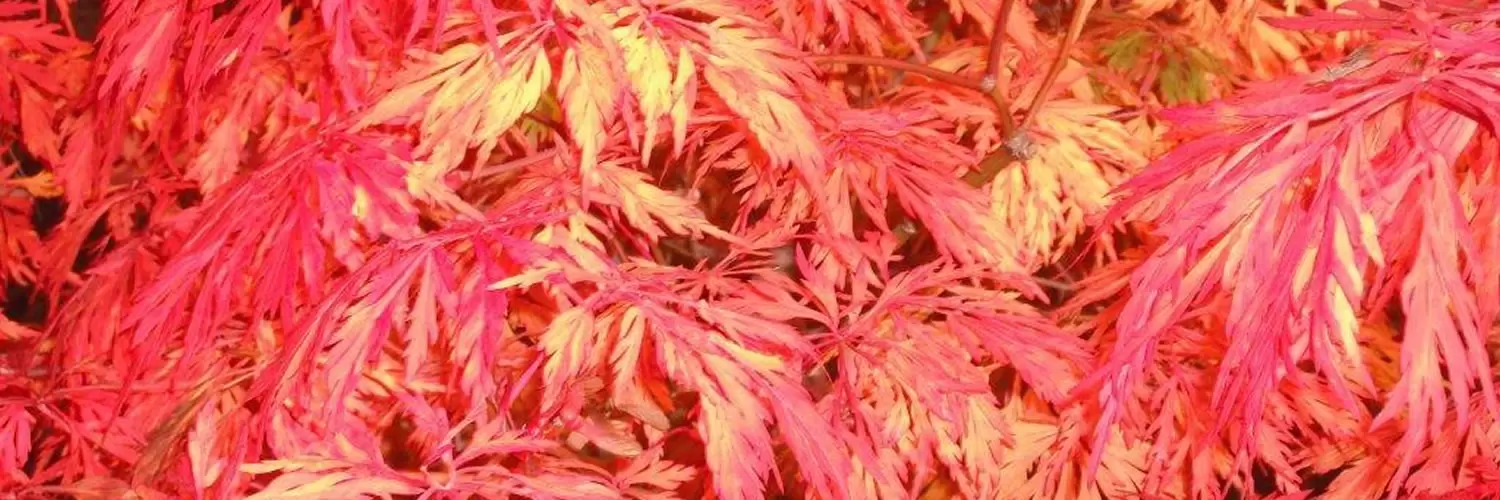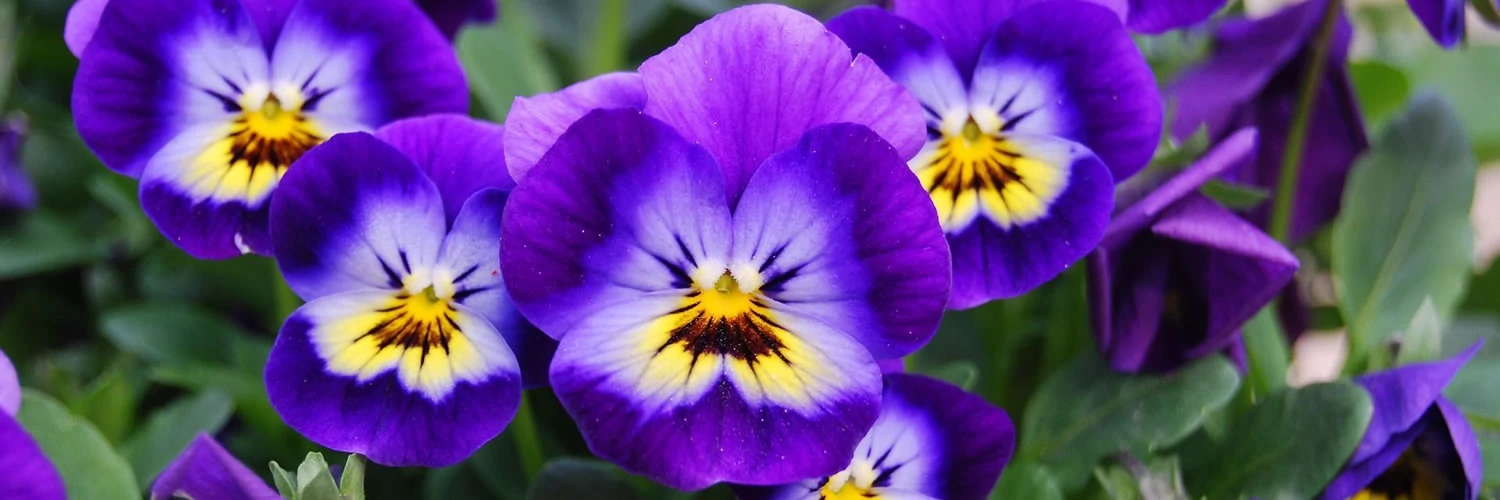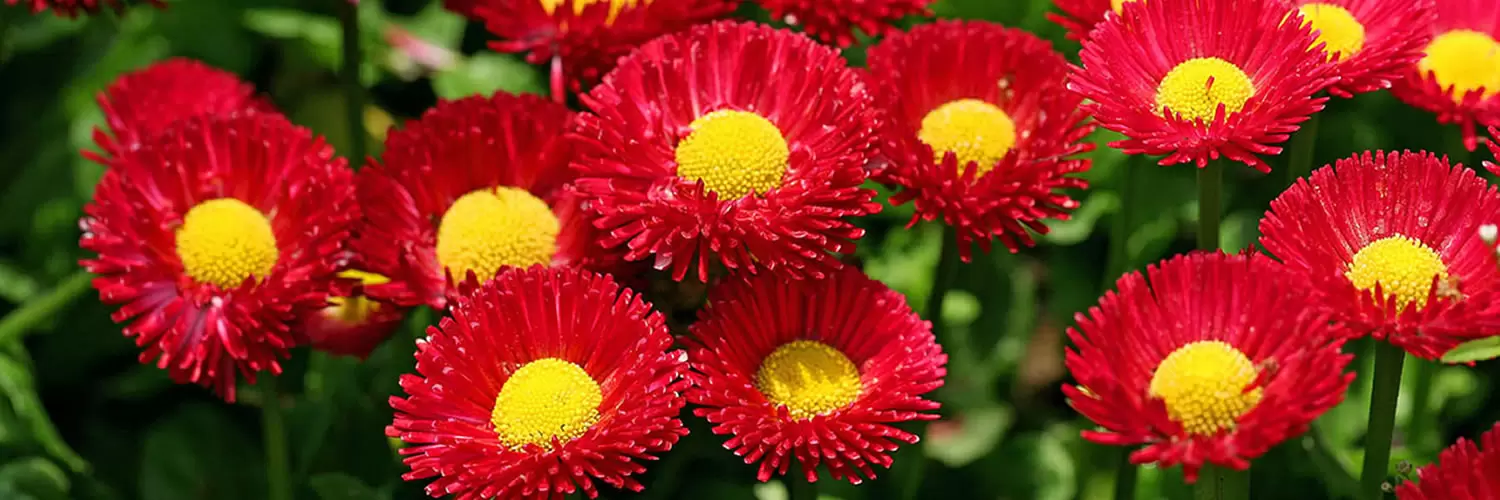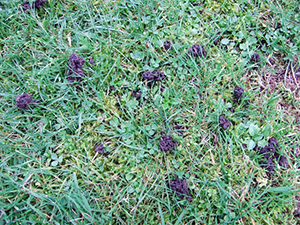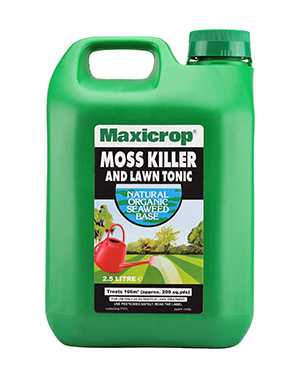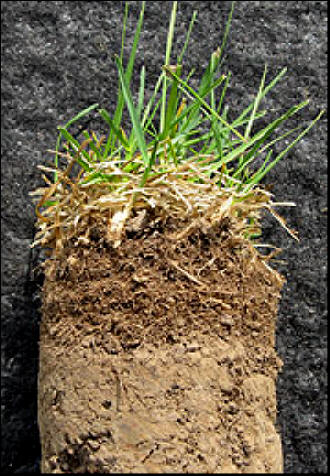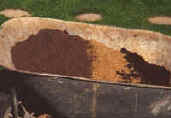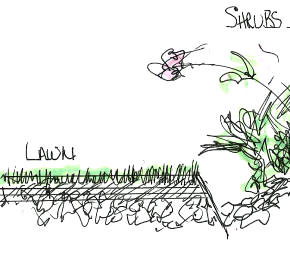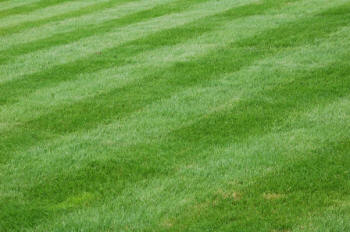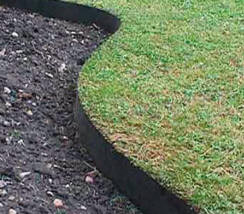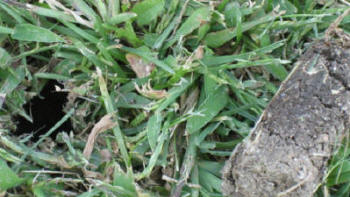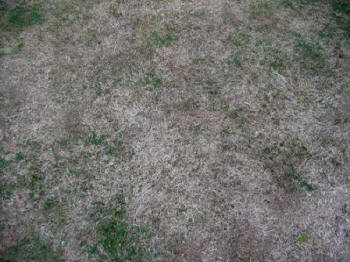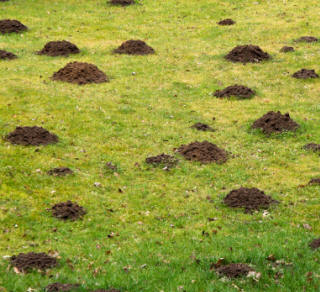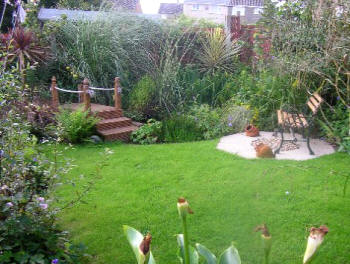Question
What does scarifying mean?
Answer
The dictionary meaning: to make scratches or superficial incisions. In gardening terms, it refers to the process and the tool used in the process. To scarify a lawn, means to scratch the surface. It also refers to the tools used in the process, they are all called Scarifiers, which ever form they take.
Question
When should you scarify your lawn?
Answer
Ideally in the autumn, after a baking summer your grass would have a build up of dead grass and debris which has been trodden in by excessive walking upon. This is called a thatch, the thatch needs to be broken down before the winter
Question
Can I use a rake to scarify?
Answer
Yes you can, if used carefully. The difference being, the teeth of a rake are rigid, if used rigorously, you can catch the grass sod and pull it out of the ground. A Scarifying rake has springy teeth which wont pull up the grass sod. A grassed thatch may be compact, but comes out easier with a specialist scarifying rake.
Question
Which Tools are Best used for Scarifying?
Answer
You have heard the saying, the right tool, for the right job, It depends upon the size of your lawn? For a small garden, I recommend a scarifying rake, it is made differently to a normal garden rake, they are flexible with narrow teeth which dont harm the grass.
For medium sized gardens you may wish to invest in an electric Scarifier, it is a professional tool, with multiple speed settings and some are combined Scarifiers and Aerators which do all the hard work for you. The only draw back is it is electric, which means it has a cable, but they are affordable
For large gardens, I would definitely invest in a petrol Scarifier, they are a lot higher in price, which leads to the question, do I need to buy one for a couple of days work a year? Some thing you have to weigh up. They have all the features of a combi, and most are motor driven, make the job easier.
Question
Can I use an Organic feed to feed my Lawn in the Autumn
Answer
No. Organic feeds are high in Nitrogen
Question
Is there an Organic method to Kill Moss?
Answer
Yes there is, here is our method and recipe
Question
Can I use Moss Killer in the Rain?
Answer
Yes, you can, the rain can aid in getting the Moss Killer through the thatched layer to the root system.
